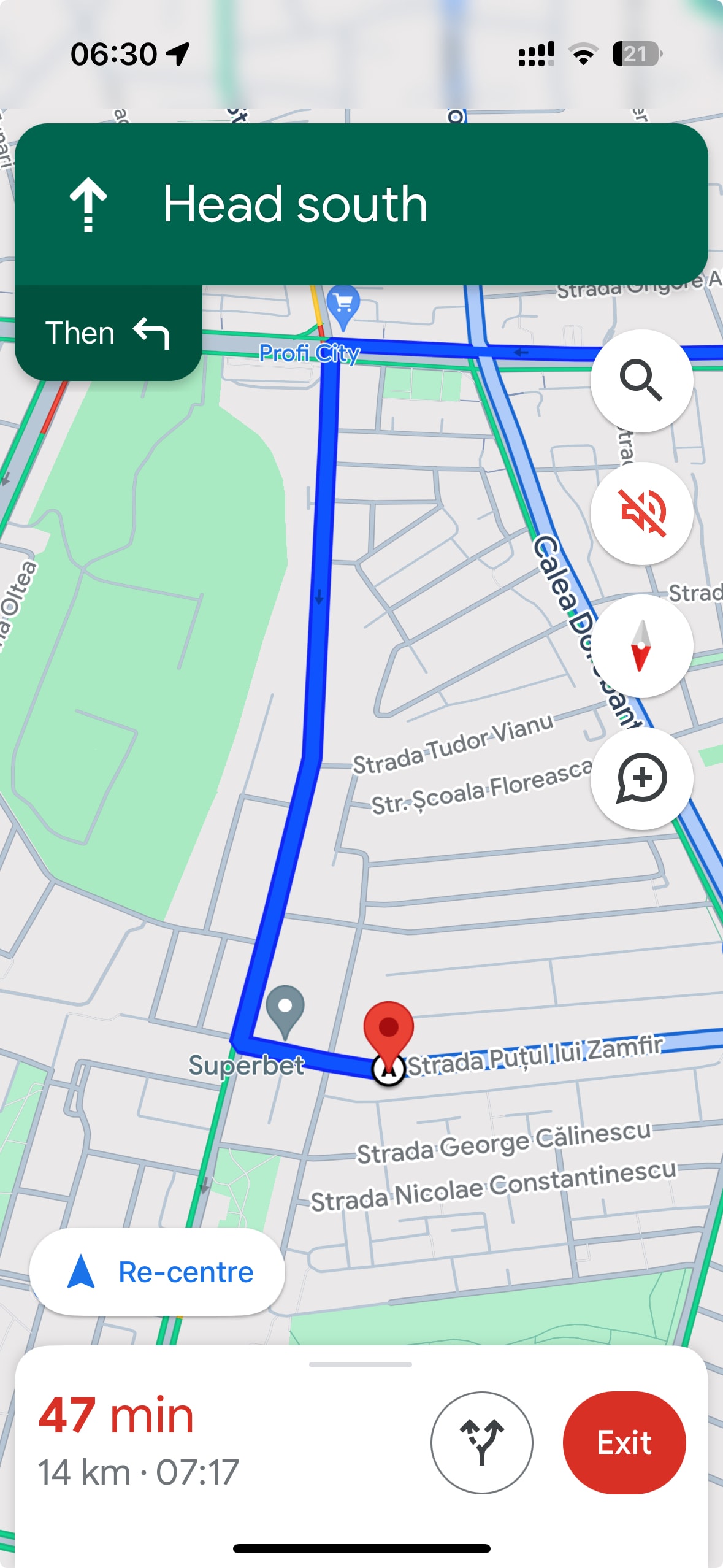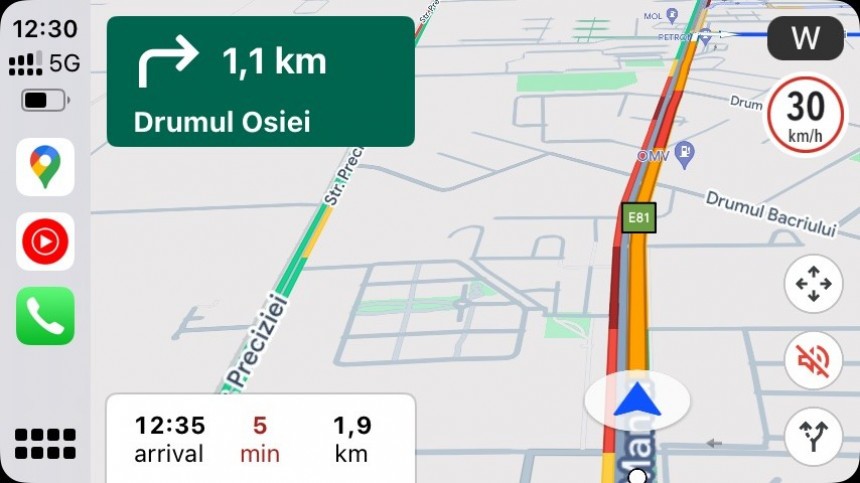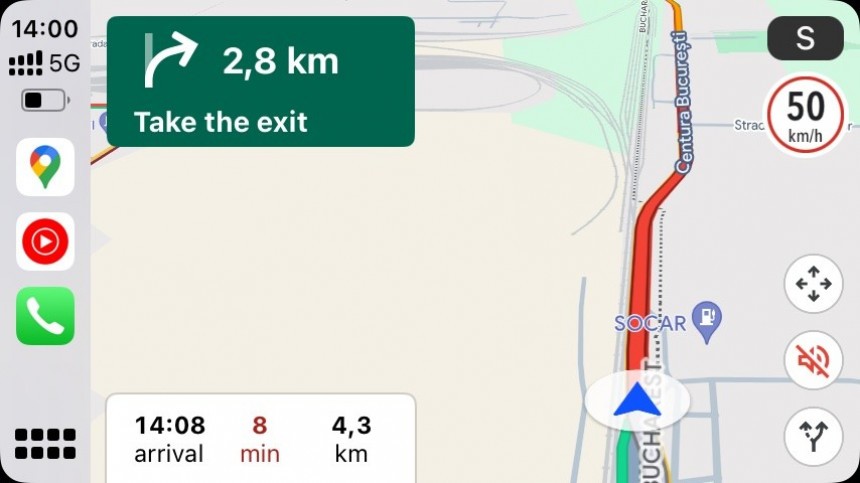They collect and analyze traffic data specifically to determine slowdowns, eventually looking for routes that allow you to reach the destination faster. Google Maps is a genius solution to avoid high-traffic zones, and the app is now capable of looking for more fuel-efficient routes to reduce consumption and emissions.
However, Google doesn’t want to stop here.
The company has recently patented a new way to provide alternative routes, taking into account high-traffic zones to suggest alternative destinations.
If you believe this is what Google Maps already does, you probably didn’t read the previous phrase word by word. Google wants Google Maps to offer alternative routes with alternative destinations, helping you spend less time behind the wheel.
It all starts with identifying high-traffic zones, something that Google Maps already does and excels at. The official documentation for “systems and methods for identifying high traffic zones and suggesting alternative destinations to users” insists on “user consent.” Google says it can only collect information from devices where users agree with the process, using their mobile devices as key sources for data. Its goal is to understand where the likelihood of encountering high-traffic zones or regions with an increased busyness level is high.
Before delving into details, it’s important to understand the problem Google wants to tackle with this patent.
When you launch the app and configure a destination, Google Maps looks for routes to the address by only taking into account traffic data and other generic settings you enabled in the app (such as avoiding highways and ferries). However, Google Maps doesn’t currently look beyond the provided settings, simply searching for routes to the defined destination.
The proposed update changes this behavior. If the new engine goes live, Google Maps would be able to look up the destination, determine more information, estimate the likelihood of heavy traffic, and generate alternative routes accordingly.
The best way to understand how it works is a real-life example. If you want to go to a coffee shop and launch Google Maps, the application also retrieves the shop’s closing hours, how crowded it is, and whether it’s at an address where you could encounter slowdowns due to heavy traffic. Each route to the destination is given a score.
This is where the magic starts.
Google Maps could change the destination to a more convenient location where you drive less. Google says it can calculate a “user inconvenience score” for each alternative destination. In the above example, Google Maps would look for alternative coffee shops where you can arrive faster and with a lower likelihood of dealing with bumper-to-bumper traffic.
The alternative destination would have to meet your criteria – you can either define route options based on your preferences or allow Google Maps learn things about you and eventually suggest an alternative destination based on your profile.
There are two key components in the way this system works: determining high-traffic zones and finding alternative destinations based on your preferences. Google Maps’ ambitious goal would be to get you to a similar destination in the shortest time, so if you want to get some coffee, it could suggest other places where you won’t spend much time in traffic. It can avoid regions where you’re likely to experience slowdowns, such as schools, albeit the alternative routes would be extremely dynamic.
Google explains that such a system can’t rely exclusively on historical patterns. This means that Google needs real-time traffic data because a region can experience heavy traffic due to various events, such as concerts, even if you typically encounter light traffic. This is why Google must continuously receive data from users’ devices, as it’d be the only way to find faster routes to the destination correctly.
Google’s idea makes perfect sense for people who don’t mind changing their destinations, such as when driving to a supermarket or a restaurant. However, it wouldn’t make sense when traveling home, to the office, or to any destination where changing the address is impossible. This is where the standard alternative routing engine would still be useful, albeit Google Maps can use real-time busyness and traffic data to find faster routes.
Google’s solution is still in the patent stage, but I wouldn’t be surprised to see the company pursuing this idea, considering the fiercer battle in the navigation space. You can find the patent application in the PDF document embedded below.



